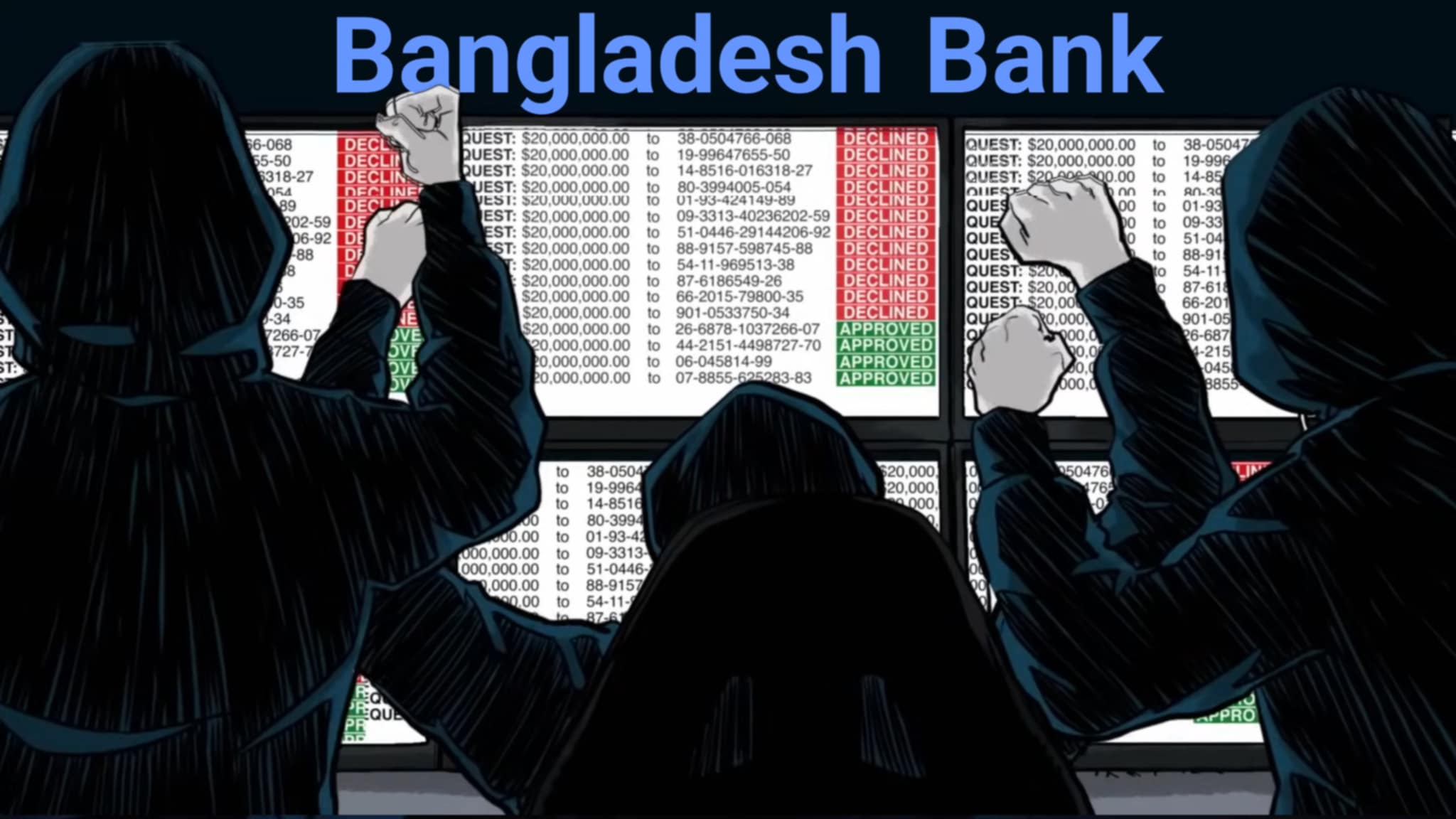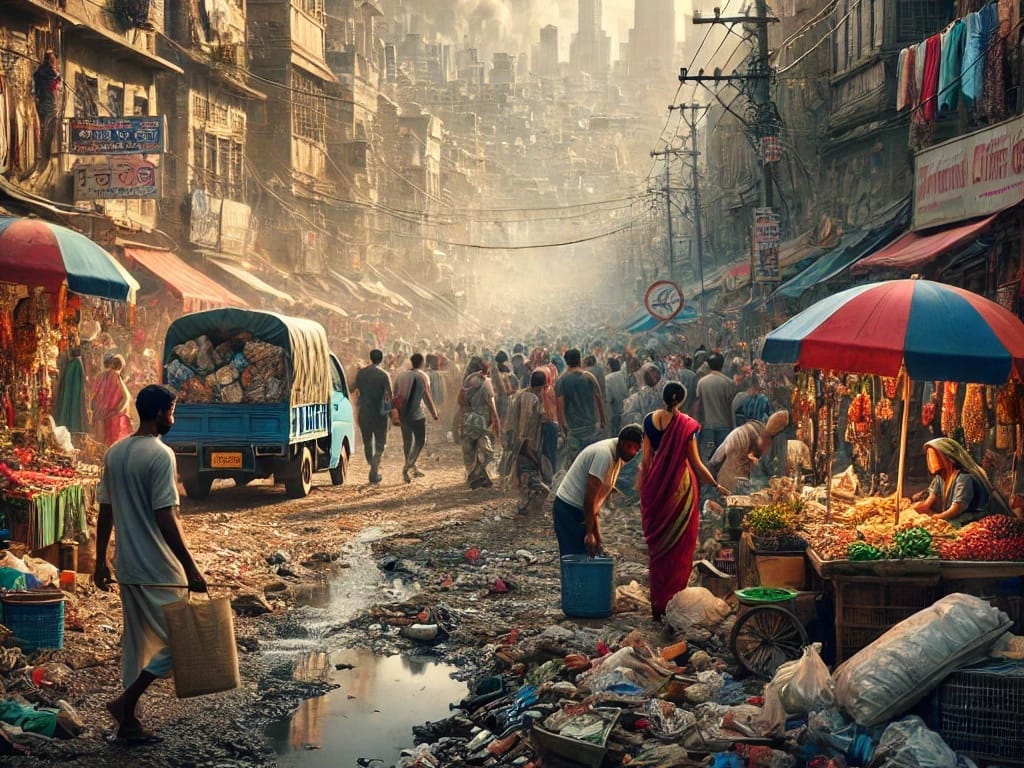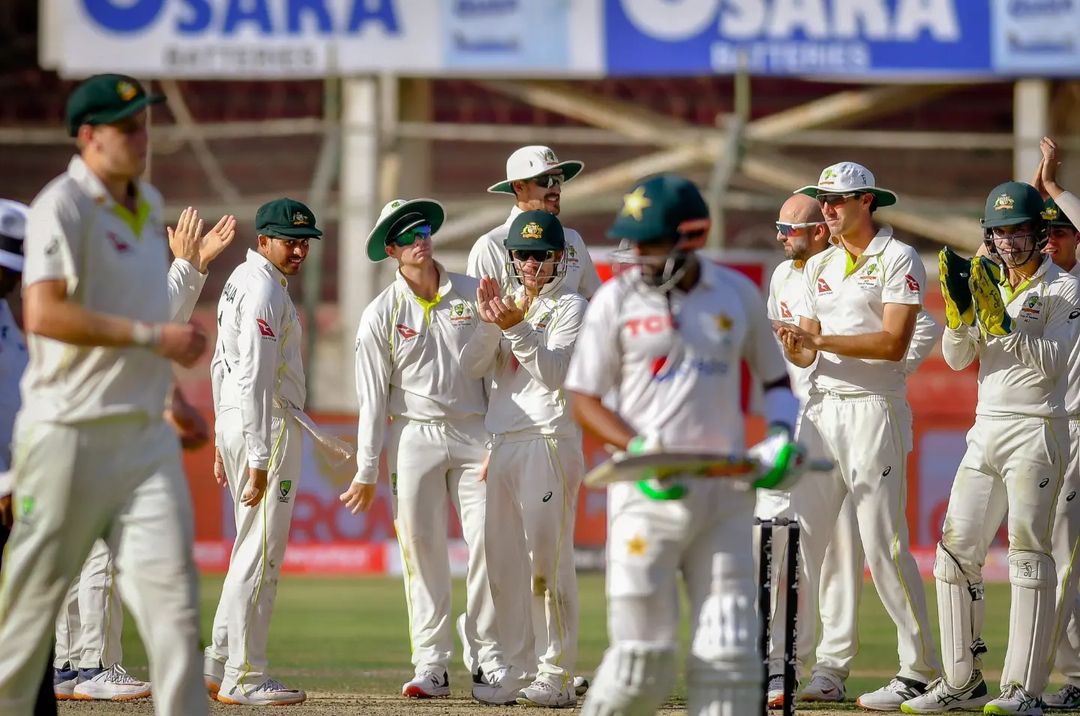Anti-Discrimination Student Movement and Fall of Autocratic

In 1971, Bangladesh gained independence from Pakistan after a brutal struggle that saw the loss of around 3 million lives. The fight was led by many brave souls who stood up against the oppression of the Pakistani military, with crucial leadership from Sheikh Mujibur Rahman, the Prime Minister of the Awami League. In 1972, Bangladesh introduced a reservation system (Quota) in government jobs for those who fought in the liberation war, as an act of social justice and recognition for their sacrifices.
Over the years, subsequent governments maintained this quota system, recognizing its emotional significance to the nation. However, in 2018, discontent began brewing among general students who protested against the system. While they acknowledged the need for social justice, they argued that the 30% quota for war veterans was excessive and that corruption had tainted its implementation. Allegations surfaced that Prime Minister Sheikh Hasina was using the quota system to favor her loyalists by issuing fraudulent war certificates, thereby deceiving the general population.
At that time, Bangladesh’s quota system reserved 56% of government jobs, including 30% for war veterans, 10% for women, 10% for underdeveloped districts, 5% for ethnic minorities, and 1% for the disabled and transgender communities. The system allowed unfilled reserved seats to remain vacant instead of being opened to general applicants. The central grievance was that the 30% war veteran quota for only 0.13% of the population was grossly unfair, sparking widespread protests in 2018 that led to the government's decision to abolish the quota system by executive order.
This decision was implemented in 2020, but the controversy was far from over. The government appealed the decision, and on June 5, 2024, the High Court overturned the 2018 executive order, reinstating the quota system. The students, feeling betrayed and angry, took to the streets once again.
The protests initially started on university campuses but soon spread nationwide. On July 7, 2024, students began blocking roads, railways, and other key infrastructure in a peaceful but firm stance against the reinstated quota system. The High Court scheduled a hearing for August 7, 2024, but the students feared further manipulation by Sheikh Hasina’s government and continued their protests.
On July 14, 2024, the government escalated the situation by labeling the protesting students as traitors and tagging them as "Rajakars" (collaborators with the Pakistani army during the 1971 war). This enraged the students further, leading to slogans like "Who are we? Who are you? Rajakar, Rajakar! Who said it? Who said it? The government, the government!"
The following day, on July 15, 2024, violence erupted as the ruling party’s student wing, the Bangladesh Chhatra League (widely regarded as thugs by the public), attacked the protesters, injuring many. On July 16, 2024, six students lost their lives, further intensifying the protests. Students across the country, from public to private universities and schools, began blocking transportation hubs and government facilities. The police responded with batons, tear gas, and live ammunition, resulting in more than 30 student deaths on July 18 alone, with the shocking incident of police firing into the BRAC University campus, even from helicopters. Social media exploded with hashtags like #SaveBangladeshStudent, #StepDownHasina, and #StudentsUnderAttack, as the movement gained nationwide and international attention.
In response, the government shut down the internet across the country on the night of July 18, closed all educational institutions, and imposed curfews in major cities. On July 19, the government deployed the Border Guard Bangladesh (BGB) and the army to quell the protests, but the students remained undeterred. The curfew lasted for 10 days, during which hundreds of students were killed and over 25,000 were injured. The internet blackout led to missing information, including the deaths of innocent children caught in the crossfire.
Realizing the situation was spiraling out of control, the government fast-tracked the High Court hearing to July 21, 2024. The court ruled to reduce the quota system from 56% to 7%, with 5% reserved for war veterans, 1% for ethnic minorities, and 1% for the disabled. The government's defeat at the hands of student power was undeniable.
However, the students’ demands extended beyond the quota system. They called for the release of all arrested protesters, compensation for the families of those killed, and the resignation of those responsible for the brutal crackdown. The movement, now driven by a broader call for nationwide reform, continued until these demands were met.
After six days of internet blackout, the government restored limited broadband service on July 25, followed by mobile networks on July 28, though social media sites remained blocked. The Information and Communication Technology Minister, Zunaid Ahmed Palak, made conflicting and often laughable statements regarding the situation.
On July 30, the government declared a national day of mourning, which was rejected by the general public and students. Instead, they changed their social media profile pictures to red, symbolizing the bloodshed, turning the digital space into a sea of red.
On July 31, 2024, students and teachers across the country held a "March for Justice," with people from all walks of life joining the protests. The government’s continued brutality, culminating in the killing of over 100 people on August 4, 2024, by police and Chhatra League thugs, led to the students’ final demand: the resignation of Sheikh Hasina.
On August 5, 2024, the movement called for a "March to Dhaka," with millions defying the curfew and marching toward the capital. Unable to control the masses, law enforcement officials urged Sheikh Hasina to resign and leave the country. Initially defiant, Hasina eventually agreed after persuasion from her family, including her son, Sajeeb Wazed Joy. She resigned within 45 minutes and fled the country via a military helicopter.
Thus, Bangladesh witnessed a second wave of independence—a liberation from tyranny, achieved through the sacrifice of countless students. The student community demonstrated the power of unity and the capacity for change, proving to the world the strength of Student Power. This was Bangladesh 2.0.
Here are some videos explaining this in more detail:
• Video by Akash Banerjee from 'The DeshBhakt' :
A. Video Part-1.
B. Video Part-2.
C. Video Part-3.
D. Video Part-4.
• Video by Dhruv Rathee :
A. Video Part-1.
More Images:






















